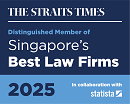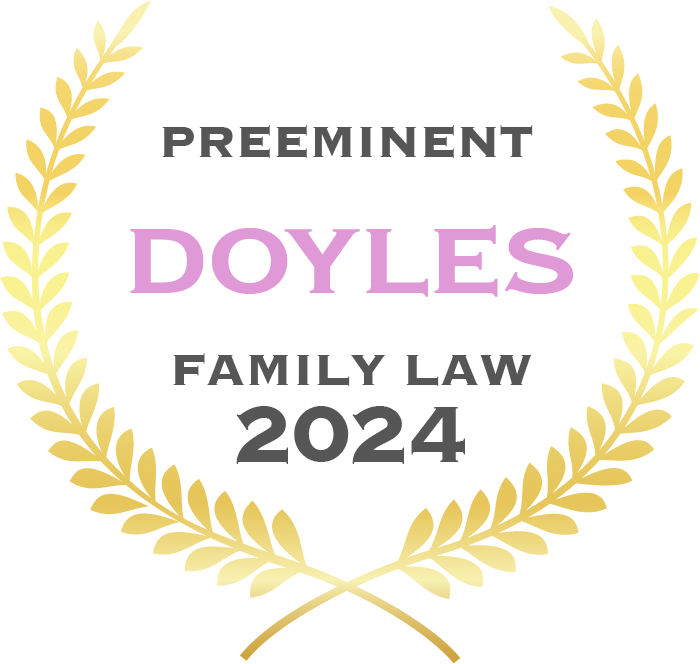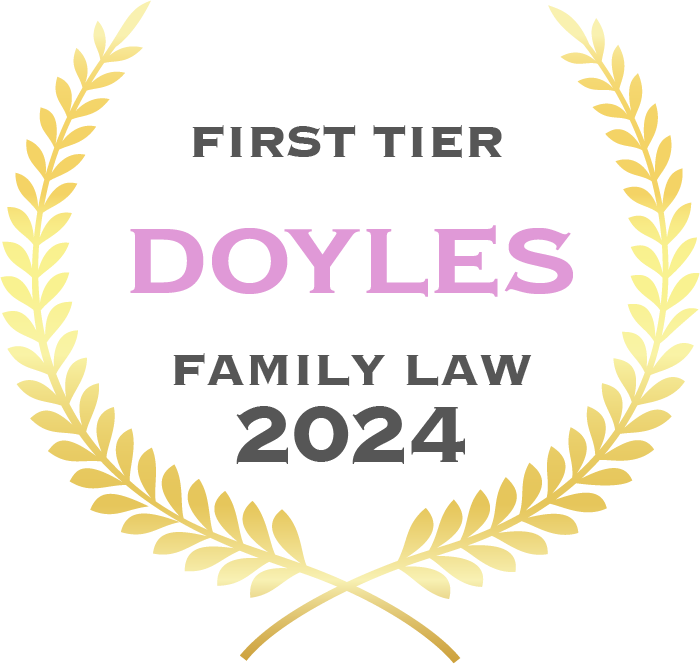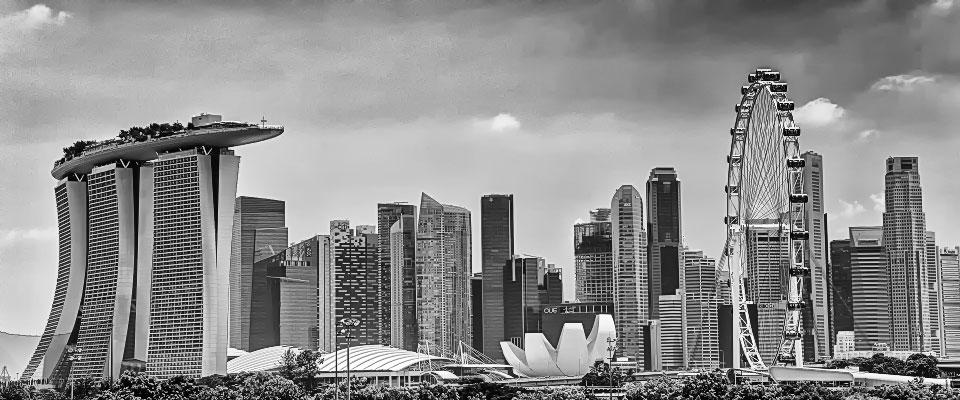I. Introduction
1. A new Copyright Bill (the “Bill”) was tabled in Parliament for First Reading on 6 July 2021 and is expected to come into effect shortly in November 2021. The Bill, being intended to repeal and replace the existing Copyright Act, represents a major overhaul of Singapore’s copyright regime and will introduce a number of new rights, remedies and exceptions to ensure that Singapore’s copyright regime continues to provide an ecosystem that benefits both creators and users.
2. This e-briefing sets out and summarises the key changes in the Bill. More information on the foregoing can be found at https://www.ipos.gov.sg/docs/default-source/resources-library/copyright/copyright-bill-factsheet.pdf.
II. Key change #1: Identifying creators and performers whenever their works or performances are used in public
3. Under the existing Copyright Act, creators and performers do not have a right to be identified when their works or performances are used. The existing Copyright Act only accords creators and performers with a right to prevent false attribution (i.e. where the creator or performer’s work or performance is falsely claimed to have been created or performed by someone else).
4. The Bill provides that subject to certain exceptions, anyone who uses a work or performance in public must identify its creator or performer. Such identification must be clear, reasonably prominent and in the manner that the creator or performer wishes to be identified.
III. Key change #2: Granting creators default ownership of certain types of commissioned works
5. The Bill provides that creators of commissioned photographs, portraits, engravings, sound recordings and films will own the copyright to those works by default (instead of the commissioning party). However, this position remains subject to contract.
IV. Key change #3: Deterring people from profiting off products or services that stream audio-visual content from unauthorised sources
6. The Bill provides that copyright owners may sue anyone who knowingly engages in commercial dealings with devices (e.g. set-top boxes, software applications, etc.) or services that have limited or no commercially significant purpose or use other than facilitating access to copyright infringing works.
V. Key change #4: New equitable remuneration rights when sound recordings are broadcasted or publicly performed
7. Under the existing Copyright Act, sound recording companies only have a right to control how sound recordings are made available to the public via digital audio transmissions. Sound recording companies do not have any right in relation to when sound recordings are heard in public via other means under the existing Copyright Act.
8. The Bill accords sound recording companies with a new right to collect licence fees for the broadcast or public performance of commercially published sound recordings. Such licence fees may be administered and collected by collective management organisations (“CMOs”).
VI. Key change #5: Strengthening the general “fair use” exception
9. Under the existing Copyright Act, one exception to copyright infringement is the defence of fair dealing, and the following five factors are taken into consideration in determining whether the use of a copyrighted work constitutes fair dealing:-
- The purpose and character of the use (including whether such use is of a commercial nature or is for non-profit educational purposes);
- The nature of the work;
- The amount and substantiality of the part copied taken in relation to the whole work;
- The effect of the use upon the potential market for or value of the work; and
- The possibility of obtaining the work within a reasonable time at an ordinary commercial price.
10. The Bill renders the defence of fair dealing easier to understand and apply by amending the term “fair dealing” to the more commonly used term “fair use” and removing the requirement for the courts to consider whether there is the possibility of obtaining the work within a reasonable time at an ordinary commercial price. However, the courts can still take into consideration this factor where relevant.
VII. Key change #6: New exception for educational uses by non-profit schools
11. The Bill creates a new educational exception to permit schools and students of non-profit educational institutions to use resources from the Internet for educational purposes subject to certain conditions (e.g. the material must be free to access from the Internet, the user must cite the Internet source and the date on which the material was accessed, the user must give sufficient acknowledgement of the material, etc.).
VIII. Key change #7: New exception for uses of works for computational data analysis
12. Under the existing Copyright Act, there is no express exception for computational data analysis, which includes activities such as text and data mining. Such activities typically involve extracting or copying data from large quantities of material that may be protected by copyright.
13. The Bill creates a new exception to permit the copying of copyright works specifically for the purposes of computational data analysis (e.g. sentiment analysis, text and data mining, training machine learning, etc.) without having to first obtain permission from the copyright owners of those works.
14. This exception is subject to certain conditions and safeguards to protect the commercial interests of copyright owners (e.g. the user must have lawful access to the works to be copied, the work from which copies are made must not itself be an infringing copy, etc.).
IX. Key change #8: Facilitating the work of galleries, libraries, archives, and museums
15. The Bill introduces new exceptions to permit cultural institutions to carry out activities required for their proper functioning, such as copying for administrative purposes (e.g. preservation, internal record-keeping, cataloguing, etc.) and activities relating to the exhibition of their collections (e.g. exhibiting a replica when the original is being restored, taking photographs of a painting for publicity materials, etc.).
X. Key change #9: Adjusting existing provisions for print-disabled users
16. The Bill refines the existing exceptions for print-disabled users under the Copyright Act to allow individuals and organisations that help persons with print disabilities to convert works into accessible formats (e.g. Braille version, audio recording, etc.) without paying licence fees to the copyright owners of those works if accessible format copies of those works are unavailable. The making of the accessible format copies of those works must be for the purposes of research or study only and not for profit.
XI. Key change #10: Protecting certain exceptions from being restricted by contracts
17. The Bill expands the list of exceptions that may not be excluded or restricted by contract under the Copyright Act. In particular, such list of exceptions has been expanded to include:
- Exception relating to computational data analysis;
- Exceptions relating to judicial proceedings and legal advice; and
- Exceptions relating to the work of galleries, libraries, archives and museums (save for the exception relating to inter-library/archive loans).
XII. Key change #11: Setting an expiry date for protection of unpublished works
18. Under the existing Copyright Act, so long as a work remains unpublished, it can enjoy perpetual copyright protection. The Bill provides that unpublished works will no longer enjoy perpetual copyright protection and that all works, published or otherwise, will enjoy copyright protection for only a limited period.
XIII. Key change #12: New class licensing scheme for CMOs
19. CMOs are organisations that facilitate large-scale royalty collection on behalf of their members (e.g. singers, writers, publishers, etc.), thereby reducing the transaction costs involved.
20. CMOs are currently not regulated by any public agency. Given that CMOs play an important role in the copyright ecosystem, the Bill introduces a new regulatory framework for CMOs whereby CMOs will be regulated by the Intellectual Property Office of Singapore (the “IPOS”) and will have to meet minimum standards of transparency, good governance, accountability and efficiency. The Bill also empowers the IPOS to impose financial penalties on CMOs and/or their officers who fall short of such standards.
XIV. Conclusion
21. In addition to the key changes set out above, the Bill will reword the Copyright Act in plain English to enhance its clarity and accessibility. The Bill will also adopt a more intuitive and thematic structure and provide illustrations to demonstrate how certain provisions should be applied in particular scenarios. As such, the Bill enables creators and users alike to better understand how Singapore’s copyright regime operates to both protect and provide access to copyrighted works.
22. Should you require advice on managing and protecting your copyrighted works, our IP team at Harry Elias Partnership would be pleased to assist you. Working closely with our network of associate firms, we are also well versed and have a breadth of experience handling IP matters across numerous jurisdictions
For further information, contact:
Head of IP
Harry Elias Partnership LLP
+65 6361 9350
Partner
Harry Elias Partnership LLP
+65 6361 9376
Legal Associate
Harry Elias Partnership LLP
+65 6361 9862







